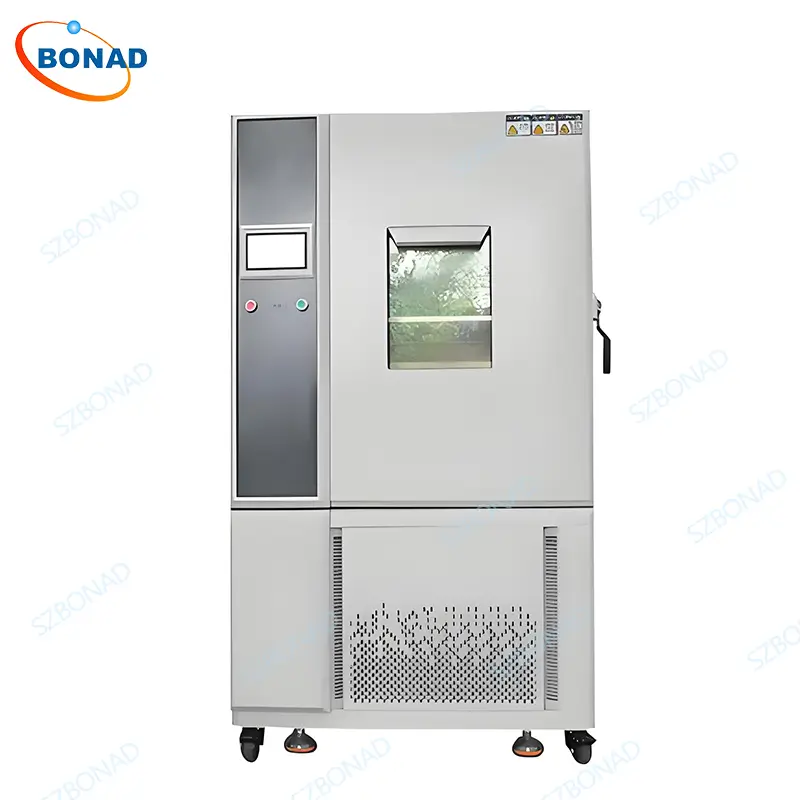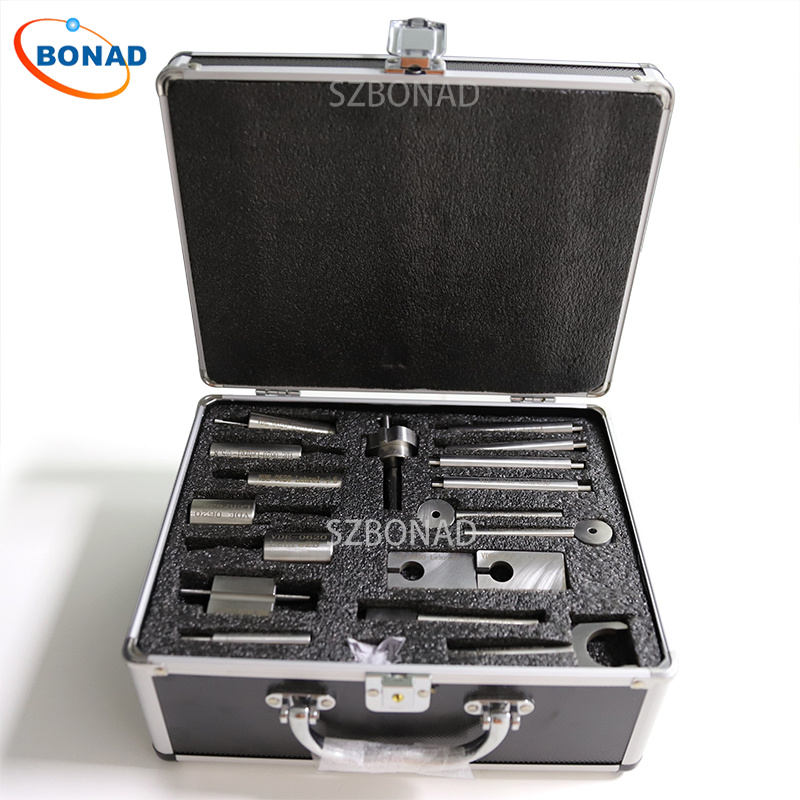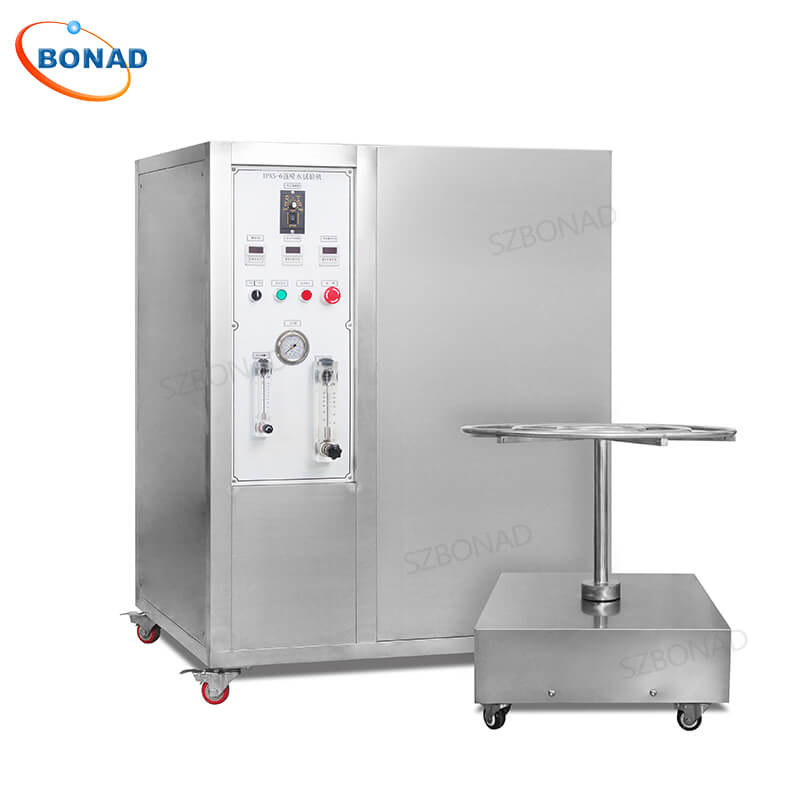Battery Testing Safety: Environmental Simulation & Hazard Prevention
Batteries power everything from smartphones to electric vehicles, making safety testing critical to prevent failures, fires, and hazardous leaks. Environmental simulation testing helps manufacturers assess battery performance under extreme conditions while adhering to global safety standards like EUCAR, ANSI, and UL.
This article explores the risks of battery testing, key safety features in environmental test chambers, and how these technologies mitigate hazards.
Understanding Battery Testing Risks & EUCAR Hazard Levels
Batteries pose significant risks when exposed to extreme temperatures, physical damage, or overcharging. The European Council for Automotive R&D (EUCAR) classifies these risks into hazard levels (0-7), with 7 being the most severe.
- Level 0: No effect
- Level 1-3: Minor leaks, overheating
- Level 4-6: Fire, explosion risk
- Level 7: Catastrophic failure (thermal runaway)
Thermal runaway is a critical concern—where a battery generates more heat than it dissipates, leading to fires or explosions. To prevent such incidents, manufacturers must detect early warning signs and implement robust safety measures.
Key Safety Features in Environmental Test Chambers
Environmental test chambers simulate real-world conditions to evaluate battery safety. Here are essential safety features:
1. Gas Monitoring
- Detects hazardous gases (e.g., hydrogen, carbon monoxide)
- Triggers alarms if gas levels exceed safety limits
2. Burst Disc (Pressure Relief Mechanism)
- Ruptures at a preset pressure to prevent explosions
- Redirects harmful gases via an exhaust system
3. Explosion-Resistant Sheath Heaters
- Prevents sparks in high-risk environments
- All electrical connections remain outside the test area
4. Fresh Air Purge System
- Dilutes flammable gases to reduce explosion risks
- Maintains safe oxygen levels
5. Water Spray & Deluge Systems
- Cools overheating batteries to prevent thermal runaway
- Fire suppression with foam/gelling agents
6. Mineral Wool Insulation
- Withstands extreme temperatures
- Prevents external heat transfer
7. Fire Detection via Gas Monitoring
- Early warning system for potential fires
- Activates suppression systems automatically
Ensuring Compliance with International Safety Standards
Battery manufacturers must comply with global safety regulations, including:
- ANSI (American National Standards Institute)
- IEEE (Institute of Electrical and Electronics Engineers)
- IEC (International Electrotechnical Commission)
- UN (United Nations) transportation guidelines
By integrating advanced safety features into test chambers, manufacturers can:
✔ Minimize explosion and fire risks
✔ Protect personnel and equipment
✔ Meet regulatory requirements
Conclusion: The Future of Battery Testing Safety
As battery technology evolves, so must safety testing methods. Environmental simulation chambers with gas monitoring, burst discs, and fire suppression are essential for mitigating risks.
By prioritizing safety, manufacturers can develop more reliable, high-performance batteries for the future.



